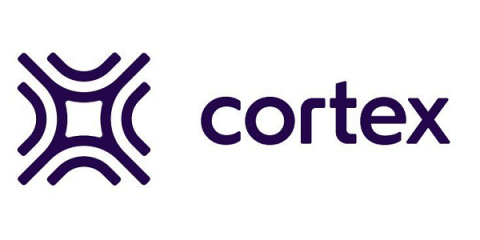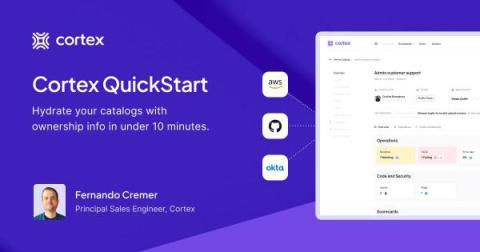Seven Jellyfish alternatives driving engineering efficiency and impact
Jellyfish is one of the most popular engineering management platforms, offering comprehensive insights into engineering organizations, their tasks, and operational processes. Engineering management platforms aggregate and analyze metrics from various tools and systems that enable the software delivery process and development lifecycle. Jellyfish and other engineering management platforms aim to connect key development processes and decisions to overarching business goals.







